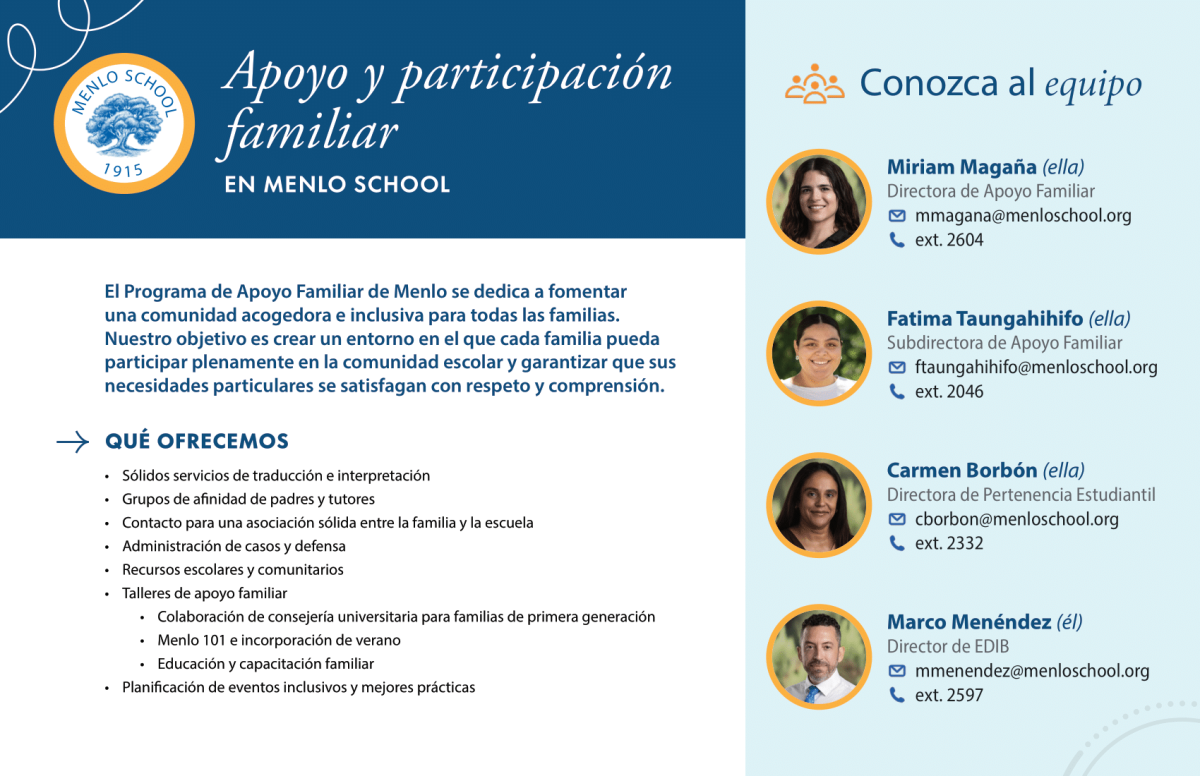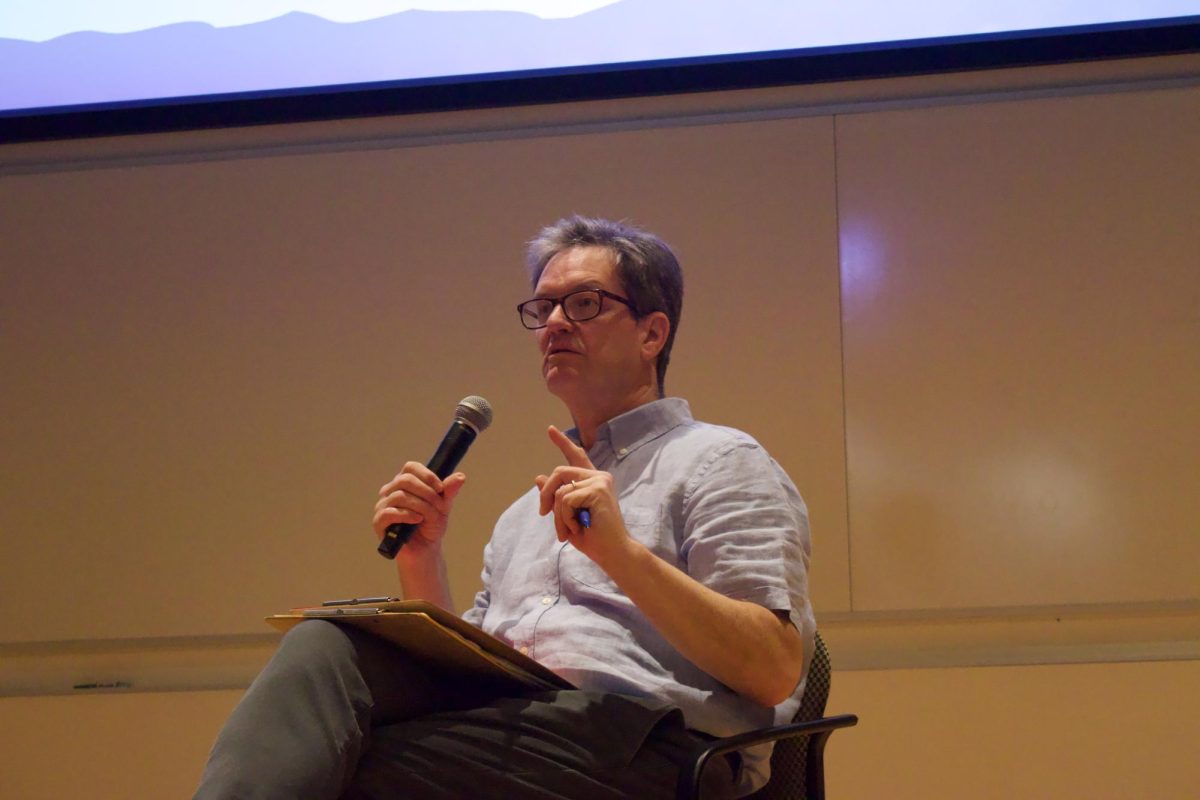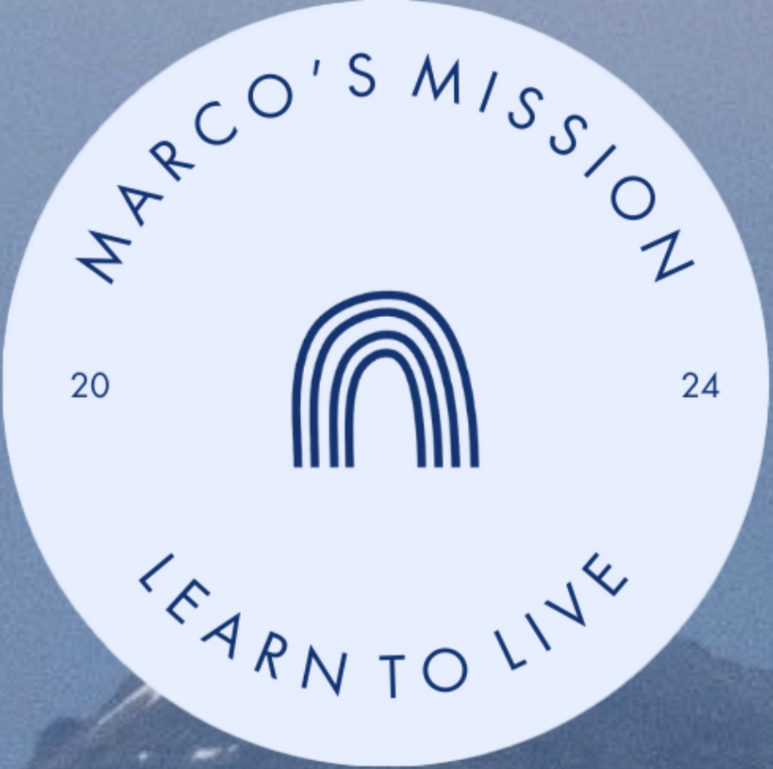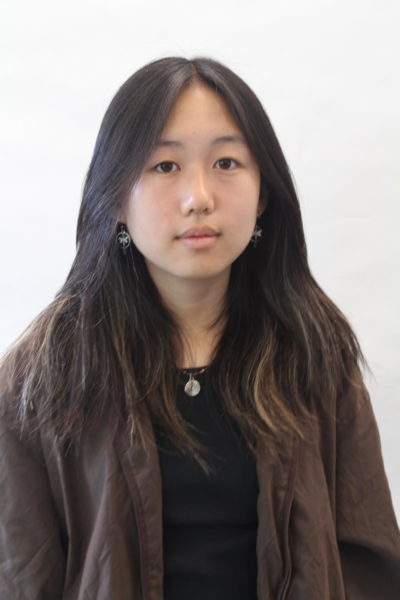When senior Katie King was brainstorming a conclusion for her “Great Gatsby” essay about wealth bubbles back in 10th grade, her brother suggested writing about the spring break trip in which, year after year, many seniors go to Mexico’s beaches. Though she didn’t end up using the idea, it influenced her decision to not attend the trip herself as a senior.
“The obvious thing [that makes it a wealth bubble] is going to Mexico — that flight [and] the hotel I’m sure they’re staying at [are] probably really expensive,” King explained. “And since it’s, like, an independent thing, there’s no school funding for those who can’t really afford it.”
This year’s spring break represents a shift from the norm, as the seniors who attend will convene at the Hard Rock Hotel Vallarta in Riviera Nayarit, Mexico, which is about an hour’s drive from Punta Mita, Mexico. The parent organizers of the trip hope that the change will allow more students to attend.
Historically, groups of Menlo seniors have visited Punta Mita over their spring break, typically renting houses at the resort with their friends. The expenses of the trip, combined with the lack of a school affiliation, led to claims that the trip excluded those who could not afford it. The Coat of Arms covered these claims in the spring of 2022.
“I feel that the new approach is much better aligned with the school’s focus on building a culture rooted in inclusion and belonging,” Julie Clugage, Menlo Student Parent Association vice president of parent resourcing, wrote in an email to The Coat of Arms.
“I am definitely a fan of making it more inclusive, so I feel like this is a step in the right direction,” senior Stella Buch said. “You don’t have to talk to someone who’s getting a house, you just book the room.”
Senior Arthi Abhyanker, who plans to go on the trip, agrees hosting at the Hard Rock makes it more accessible. “We’ve gotten better at making it more inclusive, especially by the fact that everyone is staying in the same hotel,” she said.
However, the spring break festivities at the Hard Rock are only for around four days in the later part of the week. For the first half, many students are planning their own spring break itineraries, including renting houses at Punta Mita with friends. Senior Paige Miller is one of those students, and admits that there are still equity issues with the trip.
“The whole thing was trying to solve that issue and a lot of us are still going before, so that’s a problem,” Miller said.
Miller also believes the week’s focus should be on the time spent at the Hard Rock. “The key part of it is that a lot of kids in our grade are going and it’s as inclusive as possible for those couple days. So, sure, it’s not the full week, sure, other kids might be doing stuff before. But I don’t really think we should focus on what’s not happening, I think we should focus on the actual trip,” she said.
Both Miller and Abhyanker feel that the senior class is particularly bonded this year, which has made students more excited to go on the spring break trip. “I think that senior year’s kind of brought us a lot closer in the fact that the lines that were so strict in other years between friend groups blur a lot for our grade,” Abhyanker said. “I think that most everyone feels like they belong in our grade. And I think that that’ll translate into coming to Mexico.”
Senior Ryan Li believes the trip is inclusive this year, even though he is still unsure of his spring break plans. “It’s pretty open invitation from what I can tell,” Li said. “If you want to go, I think that nothing is stopping you. […] Especially this senior year, I feel like we were particularly bonded as a class group.”
Still, though, Li and others acknowledged that an equity issue persists. Rooms at the Hard Rock go for hundreds of dollars a night, and roundtrip flights to Puerto Vallarta, the nearest airport, tag on hundreds more. Because the trip is not school-endorsed, financial aid is not provided by the school for students who cannot afford the trip.
So, while many seniors interviewed for this article called the Mexico trip a tradition, others, like Miller, eschew that label. “Tradition is a term that should be used loosely because tradition implies that everyone can go,” Miller said. “To use the term ‘senior trip’ would be kind of unfair to the kids who can’t go.”
Others, though, contend that the Mexico trip is a tradition. “I mean, they do it every single year,” Li said.
In an effort to make sure the invitation to Mexico reached every senior, organizing parents asked for permission to use the ‘year2024’ email list that the school uses to send student announcements. The administration, which controls access to this list, denied the parents’s request.
Miller said she agreed that the class-wide email shouldn’t be used for the Mexico trip. “Having the school send out a thing about Mexico doesn’t make it seem as optional,” she said. Further, she said the school wading into the trip could create issues given that the minimum drinking age in Mexico is 18 years old.
“Making it school sponsored obviously creates a lot of liability with drinking and more of a trip than a vacation,” Miller said. “I think they should continue taking a hands-off approach because it doesn’t involve them and it shouldn’t.”
Still, Abhyankar hopes that the focus will be on whole-grade bonding rather than bonding just within friend groups. “Even though being at the same hotel is great, if we have events that we could all go to or that people play […], I feel like that would really help everyone feel included,” she noted.
Additionally, some, like King, aren’t going because the trip doesn’t appeal to them. “It’s just not my scene,” King said.
Despite this, Buch and others noted that the publicity around the trip creates pressure to go out of a fear of missing out. “I think a lot of the things that we’ve done as a whole grade that are 100% inclusive have been my most fond memories of high school, and it makes me sad to think of anyone feeling like they’re excluded from a fun tradition,” Buch said.











